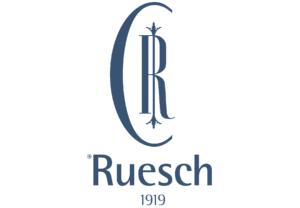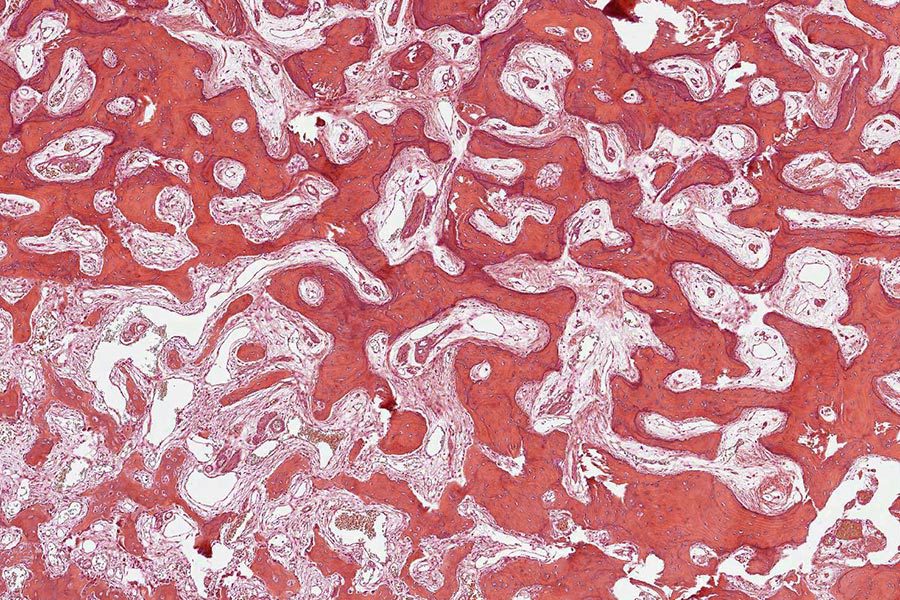Anatomical Pathology
The Ruesch Clinic involves professionals of different medical backgrounds in this area of the clinic.
General Information
The anatomical pathology is a medical specialization that basically deals with the diagnosis of diseases based not only on macroscopic examination but also on microscopic, biochemical, immunological and molecular examination of organs and tissues. During the last century, pathological surgery has evolved a great deal: from the historical examination of whole bodies (called autopsy) to a series of more modern practices, centered on the diagnosis and prognosis of tumors in order to guide the decision-making process in oncology. The founder of modern pathological anatomy was the Italian scientist Giovan Battista Morgagni of Forlì.
The anatomical pathology is one of the two branches of the pathology and the other is the clinical pathology, the diagnosis of the disease through laboratory analysis of body fluids and / or tissues. Pathologists often practice both pathological and clinical anatomy, a combination commonly known as general pathology.
Similar specialties also exist in veterinary medicine.
Anatomical pathological is fundamentally concerned with the development, examination and diagnosis of surgical specimens by a doctor who is an expert in pathological diagnosis, that is the anatomopathologist. The clinical pathology is the division that processes the most familiar test requests to the general public; this involves analyzes such as blood cell counts, coagulation studies, urinalysis, studies of blood glucose levels and so on, and then joining all those traditional clinical analyzes.
Subsections of this field include chemistry, hematology, microbiology, immunology, urinalysis and blood bank.
The anatomical pathology is in turn divided into other subspecialties, the main ones being surgical pathologies (mammary, gynecological, endocrine, gastrointestinal, soft tissue analysis, head and neck analysis and dermatopathology), neuropathology, cytopathology pathology forensics. To obtain the license to practice the pathology, it is necessary to complete the medical degree course and do a specialization in Pathological Anatomy.
Insights
What are the most common procedures in anatomical pathology?
- The most frequently used procedures in anatomical pathology include: Gross examination: the examination of diseased tissues with the naked eye. This is an important test especially for large tissue fragments, as the disease can often be identified only visually. It is also at this stage that the anatomopathologist selects the areas of interest that will be developed for histopathology. The eye can sometimes be helped with a magnifying glass or a stereomicroscope, especially when examining parasitic organisms.
- Histopathology: is the microscopic examination of the sections of colored tissue using histological techniques. The standard stains are hematoxylin and eosin, but there are many others. Through the use of special slides with hematoxylin and eosin it provides specific diagnoses based on morphology and is considered one of the main abilities of anatomical pathology. To date, the science of colored tissue sections is called histochemistry.
- Immunohistochemistry – is the practice of using antibodies to detect the presence, abundance and localization of specific proteins. This technique is fundamental for distinguishing between disorders with similar morphologies, as well as characterizing the molecular properties of some tumors.
- In situ hybridization – Specific DNA and RNA molecules are identified on specific sections using this technique. When the probe is labeled with fluorescent dye, the technique is called FISH.
- Cytopathology
- Electronic Microscope: is the examination of the tissue with an electronic microscope, thus allowing a much greater magnification to the eye, allowing the visualization of the organelles inside the cells. Its use has been largely supplanted by immuno-histochemistry, but is still commonly used for a large number of tasks, including the diagnosis of kidney disease and the identification of immature eyelash syndrome.
Tissue cytogenetics – the visualization of chromosomes to identify genetic defects such as chromosomal translocation. - Immunophenotyping of the flow: is determining the immunophenotype of cells using flow cytometry techniques. It is very useful for diagnosing the different types of leukemia and lymphoma.
Subspecializations of anatomical pathology
In anatomical pathology there are different types of subspecializations of this branch of medicine.
- Pathological surgery, for example, is the most significant and time-consuming area of practice for most pathologists. Pathological surgery involves the gross and microscopic examination of surgical samples, together with biopsies sent by non-surgeons, medical subspecialists, dermatologists and radiologists. Pathological surgery nowadays requires more and more technologies and skills traditionally associated with clinical pathologies such as molecular diagnostics.
- Cytopathology is a sub-discipline of pathological anatomy concerning microscopic examination of whole cells, single cells obtained by exfoliation or aspirated with a fine needle. Cytopathologists are professionally trained to perform aspirates with fine needle organs, masses or cysts located in superficial positions and are often able to make an immediate diagnosis in the presence of the patient and to consult a doctor. In the case of screening tests such as Papanicolaou smear, non-medical cytotechnologists are often used to perform initial analyzes, with only positive or uncertain cases examined by the pathologist. Cytopathology is an on-board certifiable subspecialty in the United States.
- Molecular pathology: Molecular pathology is an emerging discipline in the field of anatomical and clinical pathology that focuses on the use of nucleic acid based techniques such as in situ hybridization, reverse transcriptase polymerase chain reaction and nucleic acid microarrays for specialized studies on the disease in tissues and cells. Molecular pathology shares some aspects of the practice with both anatomical and clinical pathology and is sometimes considered a “crossover” discipline, which means that it involves several fields.
- Forensic pathology: forensic pathologists receive specialist training to determine the cause of death and other legally relevant information from the bodies of people who have died suddenly without any known medical condition, or those who die from unnatural causes, as well as those who die due to murders or other criminally suspicious deaths. Most cases of forensic pathology are due to natural causes. Often, additional tests such as toxicology, histology and genetic tests will be used to help the pathologist determine the cause of death. Forensic pathologists often testify in court about their findings in case of murder and suspicious death. They also play an important role in public health, such as surveys of deaths in the workplace, deaths in custody, and sudden and unexpected deaths in children. Forensic pathologists often have areas of special interest within their practice, such as sudden death due to heart disease, deaths due to drugs, or sudden death of children (SIDS), and various others.
Anatomical Pathology in Naples
The best medical specialists in Naples belong to the Ruesch Clinic, forming a pool of top-level professionals capable of satisfying every health need for all our Neapolitan patients and those from other regions of Italy.
Strumentazione
Alta tecnologia e strumentazioni di grande qualità sono un punto di forza della clinica
Professionisti
Profili medici riconoscibili e sempre disponibili a fornire un consulto professionale
Posizione
La clinica è situata in una posizione strategia ed è facilmente accessibile ai nostri pazienti
Vuoi più informazioni?


